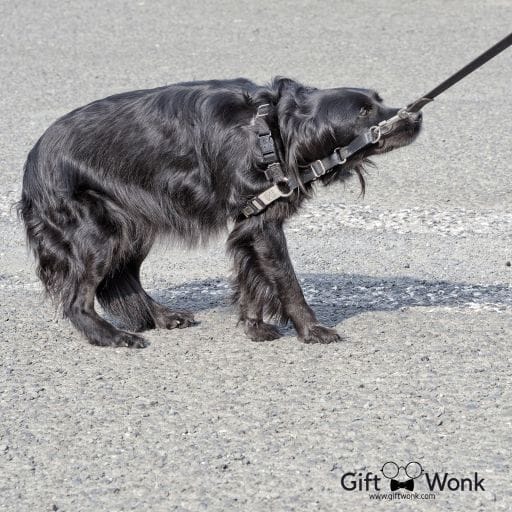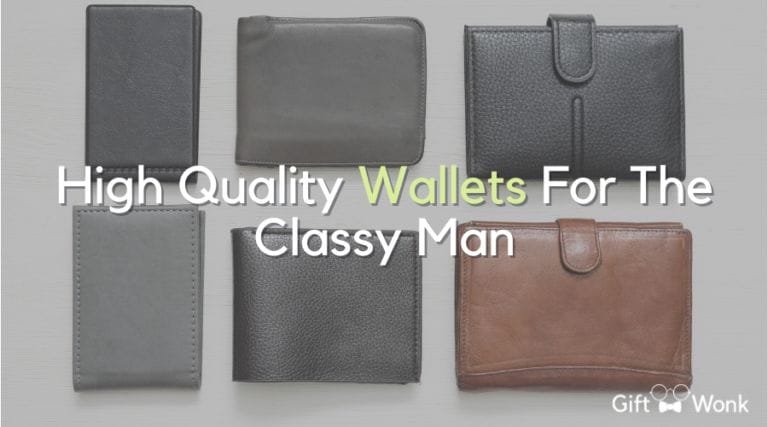
!! DISCLAIMER !! This site may contain Amazon & other affiliate links.
This means if you click on one of the product recommendation links, this site may receive a small commission. This is at no extra cost to you and may include exclusive discounts when possible. This helps support this site and allows us to keep making content like this. Thank you for your support!
Choosing The Best Leash For Dogs That Pull
Going for a walk with your dog to enjoy the summer breeze and sunshine is soothing — unless you have a dog who constantly pulls on the leash, bringing you out of your daydream.
There could be a few reasons why your dog is pulling. Walking is so exciting and enjoyable that they can’t wait to get there! They may believe we are the slow ones and wish to hasten us forward. A frequent assumption is that dogs pull to assert their dominance but actually want to explore.
There are leashes available to assist with pulling dogs, allowing you and your dog to enjoy your workout time together.
Our review covers five of the best leash for dogs that pull. In addition, the buyer’s guide of the article will go through items to think about when choosing a leash, as well as ideas to make walking more enjoyable.
Buyer’s Guide: Choosing The Best Leash For Dogs That Pull

When looking for a leash for your dog who likes to pull, there are a few things to keep in mind. First, you must decide what is appropriate and comfortable for you and your dog. Knowing what qualities you like and dislike will put you on the right track to obtaining the ideal leash.
Material
You want a leash that can withstand heavy pulling, especially if you have a large dog. Even little dogs can cause havoc on a flimsy leash. Nylon is a strong material that may be cut to various thicknesses or braided into a rope. Similarly, not all nylon is created equal.
A leash constructed of high-quality materials can last longer and withstand more damage, especially if your dog chews.
Unfortunately, there aren’t many completely chew-proof leashes, but they should withstand regular wear and tear without fraying and remain robust, so you don’t have to worry about anything snapping on your daily walks. Clips should be made of robust metal and swivel freely to prevent your leash from becoming tangled.
Length
Some people don’t mind going far behind their dog, but this encourages the dog to pull even more. You want your dog to move freely, but they shouldn’t be allowed to do so at any time. A decent rule of thumb is to keep the length manageable while maintaining control of your dog.
Design
Most leashes have one handle at the end; others have two grips for added control. These should be easy to grasp and, preferably, padded to prevent rope burns. Unfortunately, not all padding is comfortable, although neoprene often gives some comfort while remaining durable.
Some handles may be either tiny or too large for your hand. Keep in mind that if you are using the leash in the cold, your gloves should be able to hold the handle securely. You also want a handle that is not too large in diameter to hold it securely if your dog lunges.
With the leash, a bungee cord could be an alternative. When your dog tries to pull or lunge, this design will help absorb part of the impact on your arm and neck.
A detachable bungee is a fantastic tool that expands your training possibilities. However, because the action can be excessively forceful for smaller breeds, most bungees are better suited for larger dogs.
Cost
Most leashes are reasonably priced while still providing a high level of quality. Everyone’s budget is different, and what is feasible for you may be prohibitively expensive for someone else.
However, if you can locate a leash within your price range that has all of the qualities you want, it’s a win-win situation.
Other features
Most leashes will have a reflective thread woven into them. Some are better than others, which raises their profile.
This is critical if you plan to walk your dog when it is dark outside, such as in the early morning or late at night. Some leashes are just reflective on one side, while others are reflective on both sides.
Companies that have a money-back guarantee can help alleviate some of the stress that comes with purchasing a leash that you aren’t certain is the ideal fit. If the leash is defective or does not function properly, you can return it without difficulty.
Tips For Pulling Dogs

- When you’ve selected the proper leash, it’s time to teach your dog not to pull.
- If your dog becomes overly enthusiastic before attaching the leash, use calming tactics and wait until you have their undivided attention.
- Begin with shorter walks and offer positive reinforcement for good conduct, such as a reward when your dog walks by your side.
- Maintain control by keeping the leash short.
- Every day, take a walk. Additionally, try exercising your dog before going on a walk, such as by playing fetch. This may help them spend some of their energy, allowing them to focus more on you and your directions while out for a stroll.
- Consider each walk to be a training session.
Top 5 Dog Leashes For Dogs That Pull
[wptb id="8983" not found ]Final Thoughts
You can use leashes designed specifically for dogs who tug to help keep your canine companion’s eagerness at bay.
Our list of the best leashes for dogs that pull was compiled to assist you in finding the best leash so that both you and your dog can enjoy a pleasant stroll.
We hope you can choose which leash is appropriate for your particular scenario so that you can have a leash that will endure for many years.
Frequently Asked Questions
What size dog leash do I require?
One of the most important factors to consider when selecting or purchasing a leash for your canine companion is the size of the leash, which is determined by its length, width, and thickness.
- Four feet: This is especially beneficial when walking your dog in high-traffic areas, but if you can acquire a shorter 2- or 3-foot lead, that’s even better. This gives you complete control over your pet and is particularly excellent for teaching dogs to stay on their heel.
- Six feet: This is ideal for a leisurely stroll through the park or in less congested locations. In addition, the extra length enables canine investigation without worrying about the cable being tangled.
- 8 to 10 feet: This is ideal for obedience training since it allows for some separation between you and your pet. You still have authority over your dog.
- Greater than 10 feet: Longline leads are useful for practicing distance commands. These can actually range from 50 to 150 feet. This is ideal for practicing lengthy stays and recalls.
What is causing my dog to pull so hard on the leash?
Dogs walk at a faster pace than most humans. Therefore they pull simply because they are faster. Walking on a leash is typically the most exciting part of your dog’s day.
This indicates that he is too enthusiastic to think (or be trained). Therefore, pulling you around on a leash is their favorite part of the day.
Is it okay to let your dog walk ahead of you?
Is it okay if he walks in front of me on occasion? There is no single correct way to walk your dog; the only true rule is that the leash should always have some slack.
To put it another way, your dog should not be dragging you, and you should not be pulling him.






